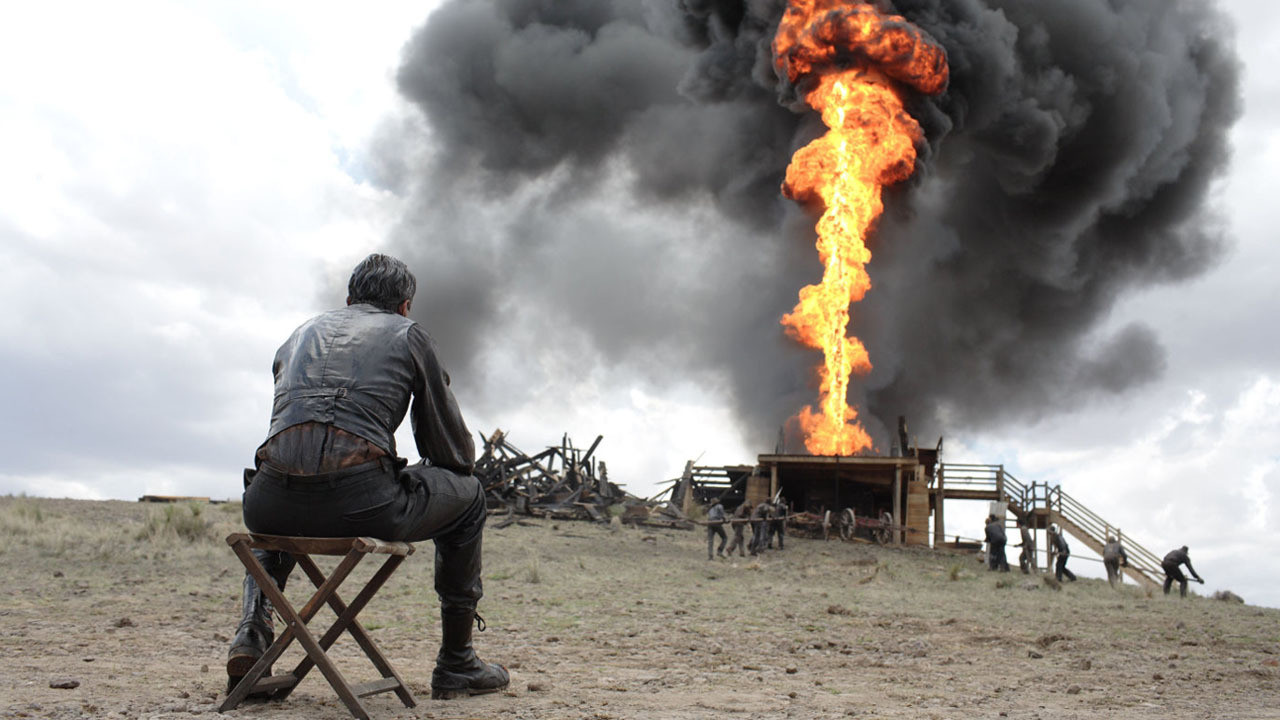
Stanley Kubrick’s 1968 masterpiece 2001: A Space Odyssey is widely considered one of the greatest films ever made, regardless of genre. It consistently ranks high in polls of critics, directors, and audiences when determining cinema’s best offerings, and it’s easy to see why; 2001 is unforgettable, a grand visual spectacle chronicling man’s evolutionary journey from ape to Star Child, as mystifying as it is dazzling, a film that must be seen on the big-screen to be fully appreciated.
Its influence on science-fiction, particularly with regards to visuals and special effects (for which 2001 earned an Academy Award), cannot be overstated, and is evident in the filmographies of Steven Spielberg, George Lucas, and Christopher Nolan, to name only a few of the film’s more high-profile admirers.
Yet 2001’s impact on cinema is not confined solely to science-fiction; its influence can be seen in experimental films, horror flicks, crime-thrillers, and even straight dramas. Like other masterpieces before and after it, 2001 goes beyond the genre with which we attempt to classify it, giving weight to the argument that such classification is both incidental and restrictive.
As such, 2001 demonstrates how films that are truly influential transcend the boundaries of genre, travelling through the Star Gate, and reaching a higher stage of cinematic evolution that we call ‘classic’.
1. The Tree of Life (Terrence Malick, 2001)

Terrence Malik’s largely plotless experimental drama The Tree of Life often draws comparisons with 2001: A Space Odyssey. Each film is comprised of several vignettes, which must be pieced together to form anything close to resembling a conventional narrative. It was probably this avant-garde filmmaking that drew derision for both films upon their respective releases, The Tree of Life even being booed at the 2011 Cannes Film Festival, after which it took home the Palme D’Or.
But The Tree of Life and 2001 share more than just unconventional storytelling; their cosmic visuals are remarkable. For his extraordinary, yet divisive, seventeen-minute chapter on the history of the universe, Malick was firmly against using CGI, and having spoken with Douglas Trumbull – the visual effects genius behind 2001, as well as Blade Runner and Close Encounters of the Third Kind – settled on creating the sequence, in Trumbull’s words, ‘the way we did it in 2001’.
Instead, The Tree of Life uses highspeed photography, as well as chemicals, fluorescent dye, folded lenses, and CO2, to generate the kind of effects seen in 2001 that give both films a look distinct from contemporary CGI. The results in both films is extraordinary, and will undoubtedly stand the test of time far longer than the computer-generated imagery of modern blockbusters.
2. The Witch (Robert Eggers, 2016)
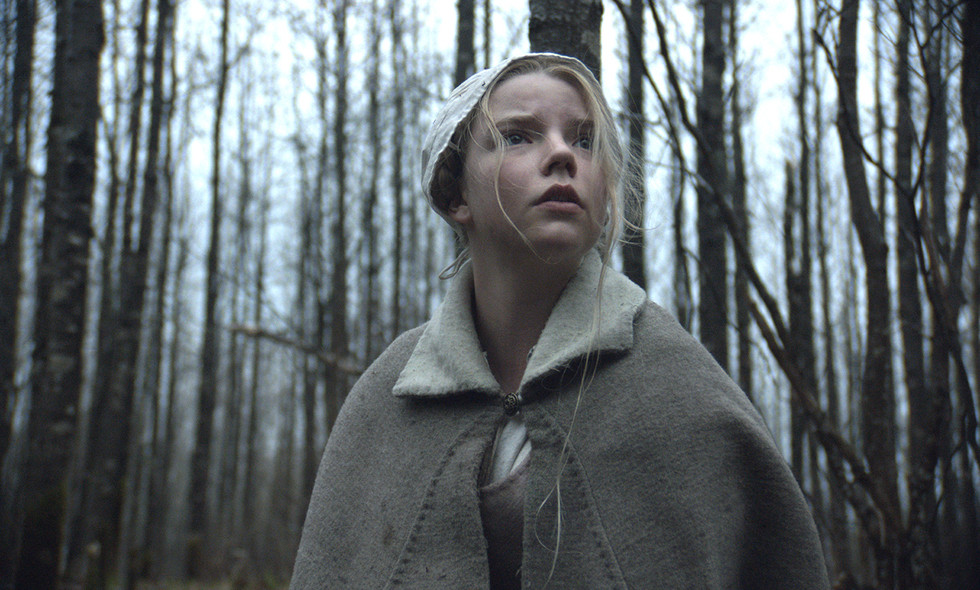
Robert Eggers’ directorial debut is a masterclass in atmosphere. From disturbing imagery to affecting performances, Eggers’ story of a family of Puritans banished from their 17th century New England town and forced to live on the outskirts of a wood conjures an unshakable feeling of dread that makes it one of the scariest horror films in years.
But the most effective terror-inducing tool at the film’s disposal is its minimalist score, arranged by Canadian composer Mark Korven. In The Witch, Korven opts for discordant strings and eerie orchestral choirs that are uncannily reminiscent of the compositions of György Ligeti, used by Kubrick in 2001. Like Korven’s score, Ligeti’s compositions are haunting and give rise to an ominous, foreboding atmosphere.
Compare the climaxes of The Witch’s “Banished” and “Caleb’s Seduction” with 2001’s “Requiem for Soprano, Mezzo-Soprano, 2 Mixed Choirs and Orchestra” and it’s impossible not to hear the influence.
3. An American Werewolf in London (John Landis, 1981)
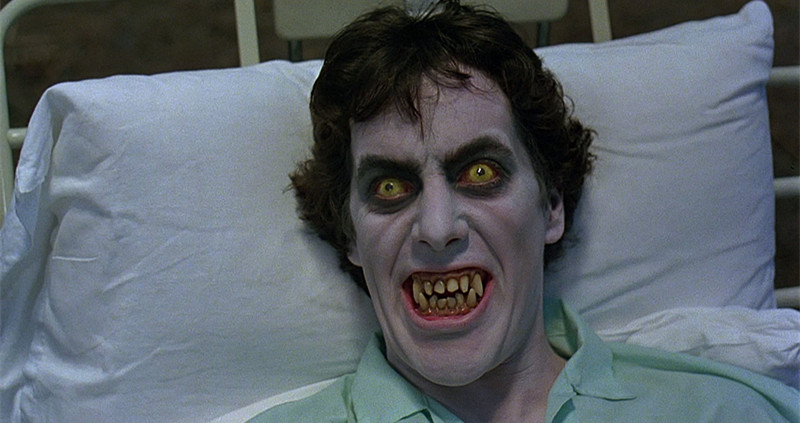
Before a screening of 2001 at the British Film Institute, director John Landis admitted that the ‘revolutionary’ film has been a massive influence on his own work and that he is indeed a dedicated Kubrick ‘fanboy’. Landis was introducing the film as part of the BFI’s “Screen Epiphanies” series, which tells you all you need to know about 2001’s standing in Landis’s eyes.
Landis goes on to discuss the ‘needle drop’, a film technique whereby a director uses pieces of already existing music within a film at specific instances, in effect dropping the needle of a record player during a certain scene. Landis’s own An American Werewolf in London brilliantly uses needle dropping, most strikingly during protagonist David’s transformation scene, set to Sam Cooke’s rendition of “Blue Moon”, and in the scenes preceding the transformation, accompanied by Creedence Clearwater Revival’s “Bad Moon Rising”.
It is in 2001, Landis suggests, that this technique has been best used, for having seen 2001 it is impossible not to see swirling, ballerina-like space stations whilst listening to Johann Strauss II’s “Blue Danube”, or the edge of the Sun rising above the Earth or the dead-eyed stare of the Star Child when hearing Richard Strauss’s “Thus Spake Zarathustra”.
4. The Silence of the Lambs (Jonathan Demme, 1991)
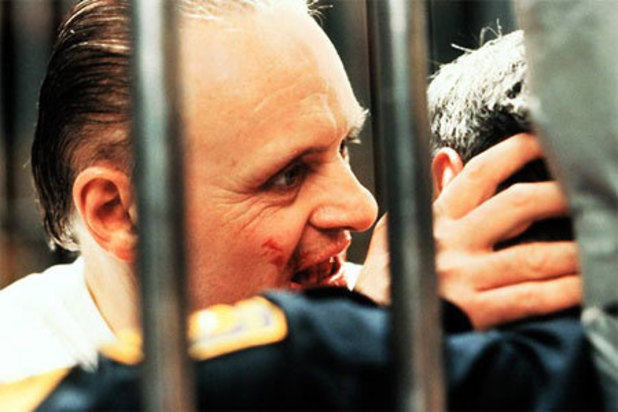
On first thoughts, 2001: A Space Odyssey and Jonathan Demme’s horror-thriller The Silence of the Lambs don’t appear to share much in common. What they do have in common, however, is having given us two of cinema’s greatest ever villains in HAL 9000 and Hannibal Lecter respectively. Both speak (for the most part) in a calm, collected manner, concealing their true nature behind an unnerving civility.
There is more to this than meets the (unblinking) eye; Anthony Hopkins has gone on record stating that his inspiration for Hannibal Lecter, particularly his speech patterns, came from the idea of crossing Katherine Hepburn with HAL 9000. Lambs screenwriter Ted Tally was unconvinced when he first heard of Hopkins’ basis for his monstrously charming creation, but conceded that Hopkins’ final performance is incredible.
Credit here must be given to Douglas Rain, the voice behind HAL 9000, whose emotionless delivery has not only inspired the creation of Hannibal Lecter, but countless other cold-hearted killers, even if Lecter takes the top spot, twelve places ahead of HAL 9000, in the American Film Institute’s list of 100 greatest villains in cinema.
5. There Will Be Blood (Paul Thomas Anderson, 2007)
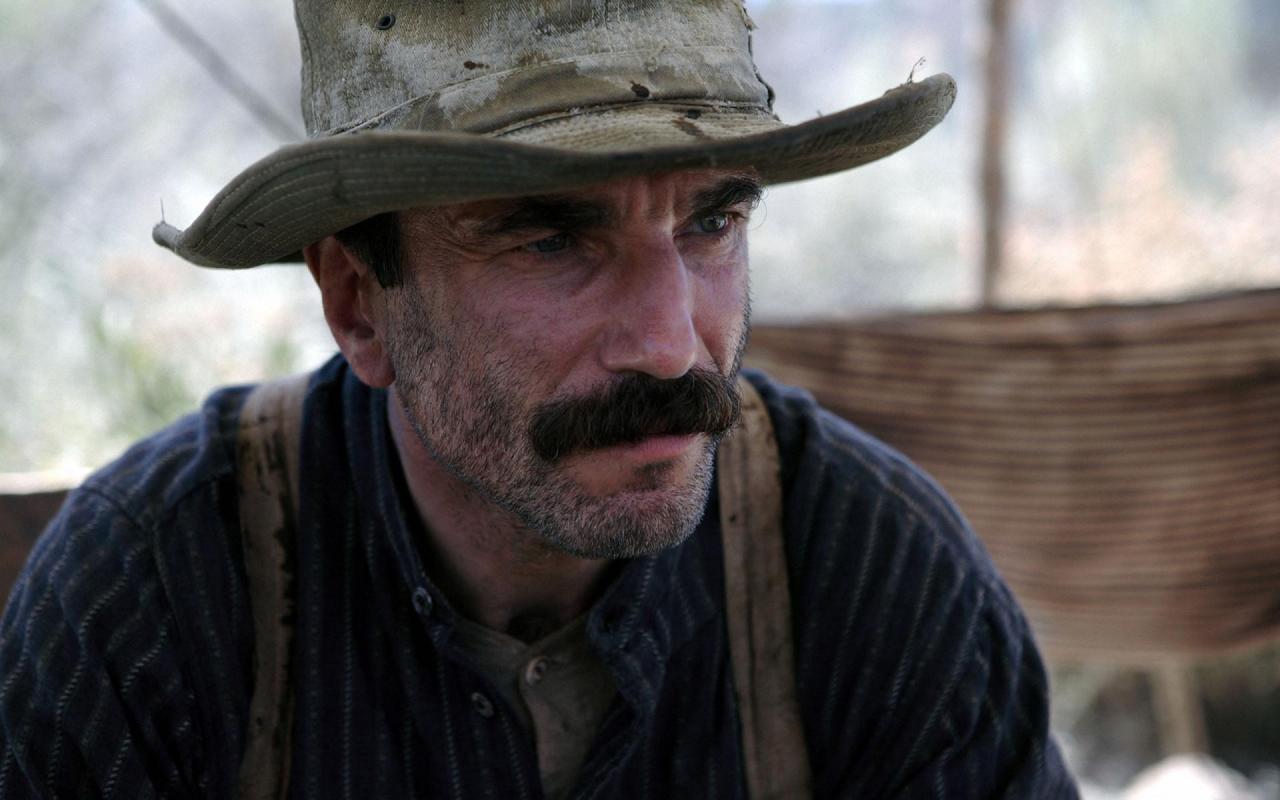
Like John Landis, it’s safe to say the Paul Thomas Anderson is a Kubrick fanboy. His films are full of references to Kubrick’s work (“Thus Spake Zarathustra” makes an always-welcome appearance when Tom Cruise’s Frank T.J. Mackey takes to the stage in Magnolia), and in many cases, is directly influenced by them (discussing Punch-Drunk Love, Roger Ebert stated, ‘it’s like a Kubrick film.’)
Anderson’s epic drama There Will Be Blood draws inspiration directly from 2001, most noticeably in its opening scenes. The film’s protagonist, Daniel Plainview, pickaxe in hand, toils in an underground oil well, like an ape smashing tapir bones, accompanied by Johnny Greenwood’s score, which, like Mark Korven’s score for The Witch, is hauntingly evocative of the compositions of György Ligeti.
Away from score, many commentators have drawn comparisons between 2001’s mysterious monoliths and Blood’s oil. Whether these dark, obscure substances are forces for good or bad, they both enrich man, literally and spiritually, and usher in a new age for humankind.
Author Bio: Charlie Jones is a poet, playwright, and screenwriter from Merseyside, UK. He was a finalist in the Creative England shortFLIX Programme 2017 and is currently part of the Everyman & Playhouse Playwrights’ Programme 2017/18. His screenplay ‘Freedom Ain’t Free’ was the Grand Prize Winner in the Finish Line Scripts Competition 2016.